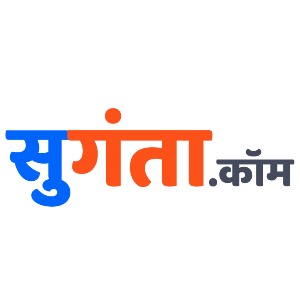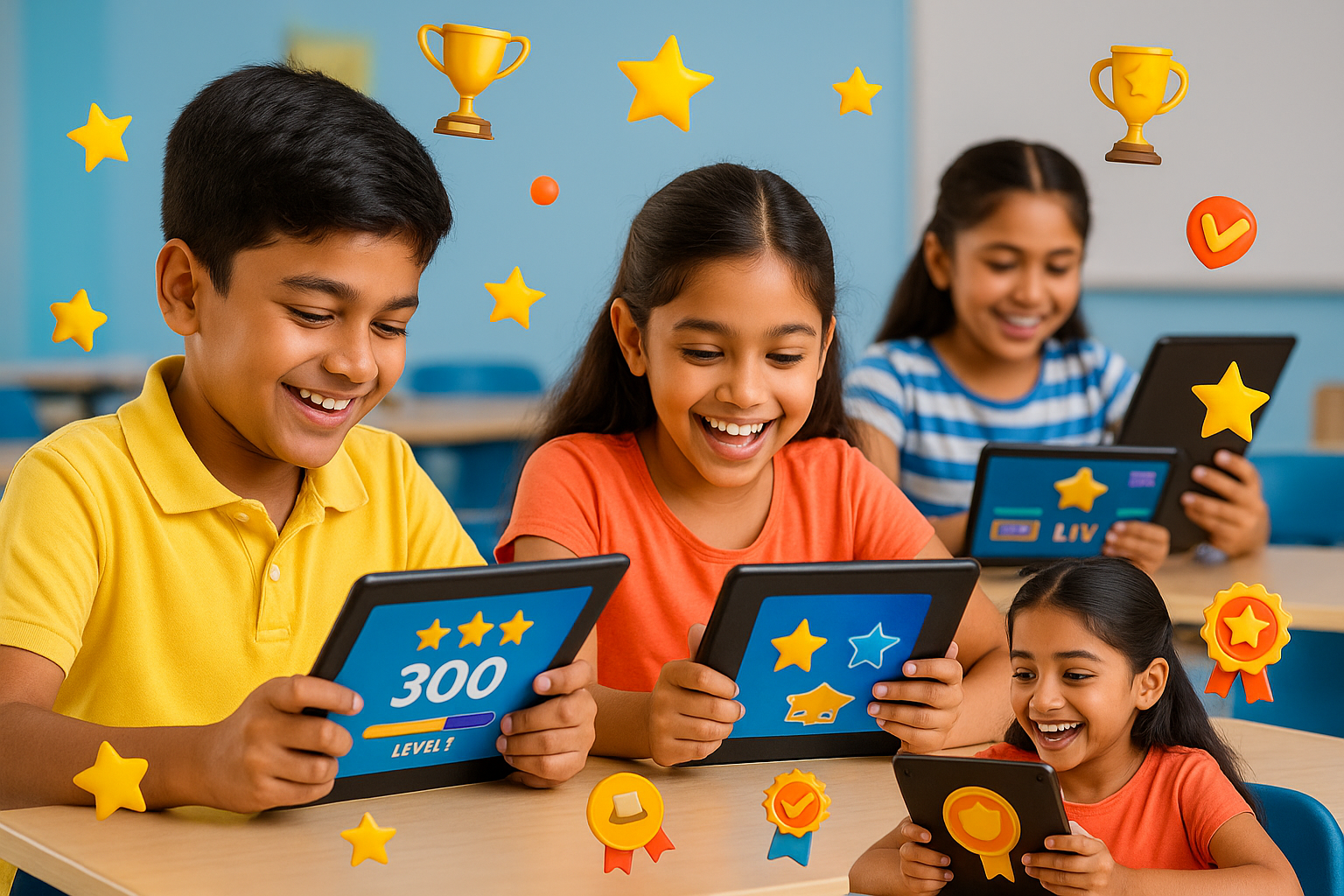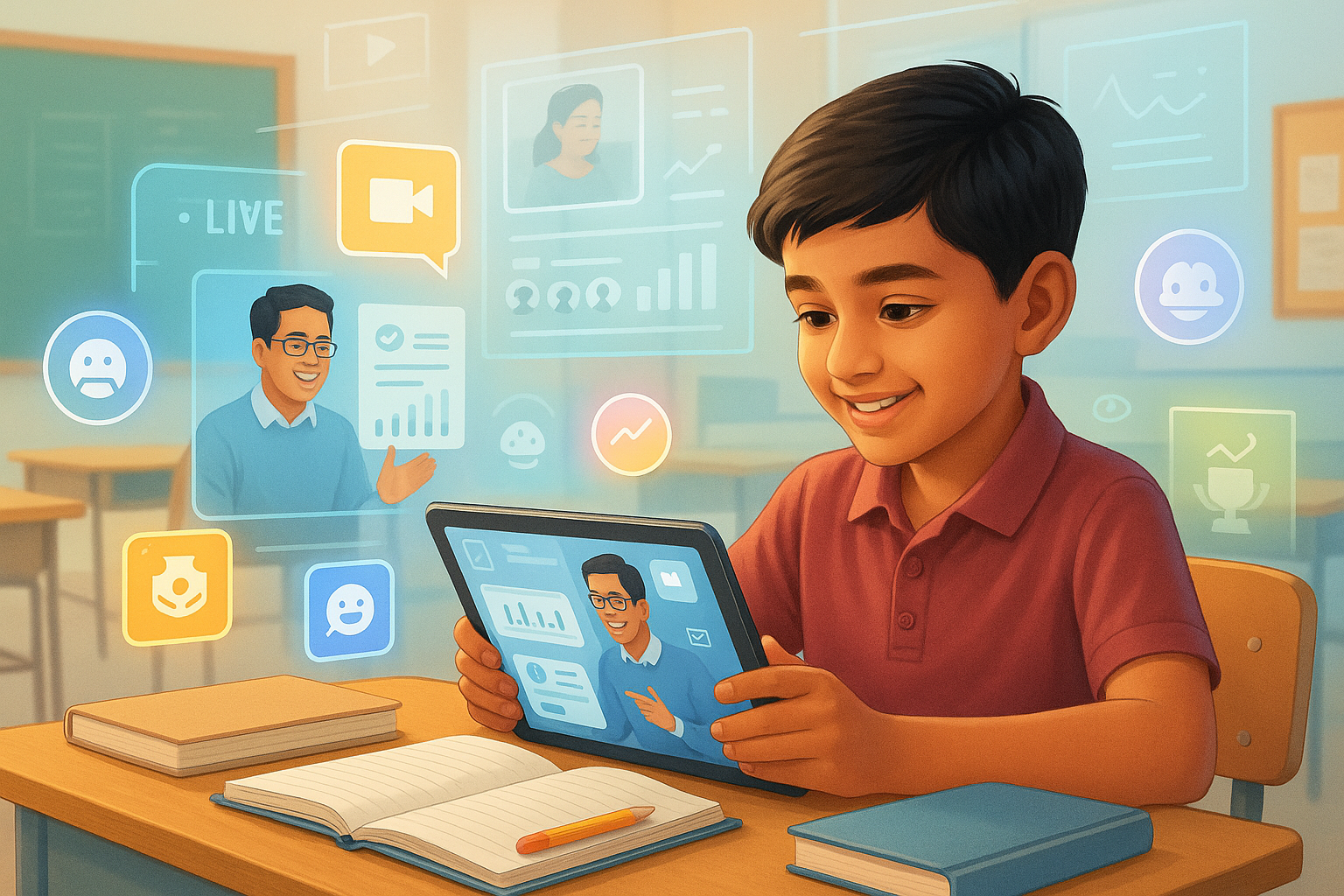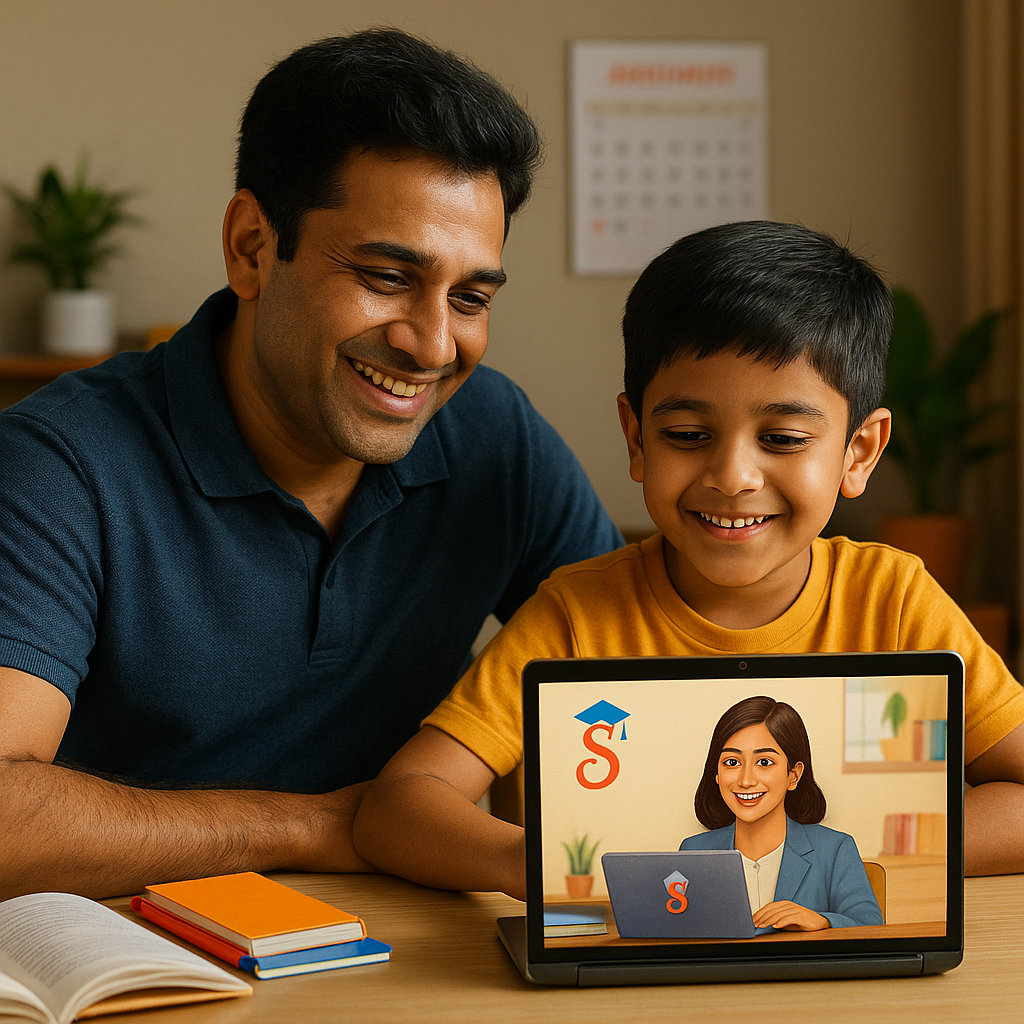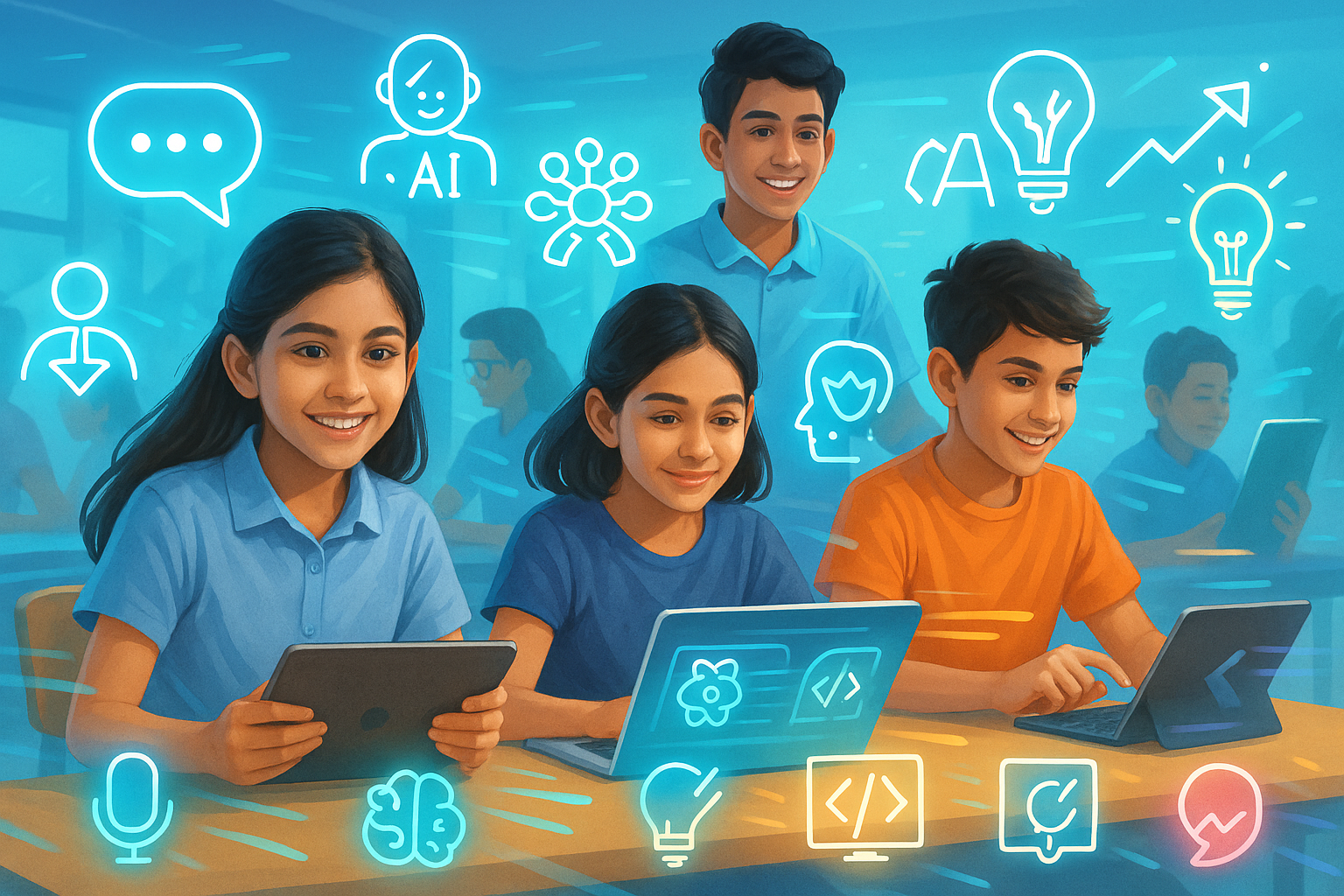🧠 Introduction:What if Math problems felt like unlocking levels in a video game? Or if Science quizzes came with badges and rewards? That’s the power of gamification in education—where learning meets the motivation and excitement of games.
Gamified learning is more than a trend; it’s becoming an effective strategy to keep students engaged and improve outcomes. This blog explores how gamification is reshaping education in India, especially on platforms like SuGanta.
🎮 What is Gamification in Education?
Gamification means using game mechanics—like rewards, leaderboards, levels, and avatars—in non-game environments like learning.
For example:
- Earning a star for every completed grammar quiz
- Unlocking new science modules after completing earlier ones
- Competing with classmates for weekly Math streaks
- This transforms learning into an interactive, emotionally rewarding experience.
📈 Benefits of Gamified Learning
1. Increased Motivation:
Students are more willing to participate and persist when learning feels like a challenge they want to win.
2. Better Retention:
Game formats promote repetition and reinforcement, which helps concepts stick.
3. Healthy Competition:
Leaderboards or timed challenges push students to try harder, while still having fun.
4. Instant Feedback:
Points, progress bars, or virtual rewards give students real-time progress insights.
5. Positive Reinforcement:
Completing tasks and being rewarded triggers dopamine release—making learning feel good!
🧠 How SuGanta Integrates Gamification
On SuGanta, students experience gamified elements such as:
- Points and progress meters for completed topics
- Badge rewards for milestones like “5 Days Active” or “Top Performer”
- Visual dashboards that feel like a game mission panel
- Tutors are trained to use these tools in sessions—so students enjoy the process, not just the result.
🏫 Examples of Gamification in Indian Classrooms
CBSE schools using Kahoot! and Quizizz for interactive lessons
BYJU’S using game-based content in Math and Science
Rural learning apps turning vocabulary learning into spelling games
Gamification isn’t limited to private schools—it’s scalable, even on low-bandwidth platforms.
💡 Gamification vs. Game-Based Learning
🟢 Gamification adds game elements to existing content (like quizzes, points)
🔵 Game-based learning creates entire games to teach concepts (like Minecraft for coding)
SuGanta currently uses gamification, but future updates may blend both for deeper learning immersion.
🔁 Potential Challenges
- Over-focus on rewards: Students may lose intrinsic motivation
- Screen time concerns: Parents should balance play-based digital tools with offline activities
- Competition stress: Healthy rivalry must be guided to avoid anxiety
SuGanta’s system balances game elements with positive reinforcement and human interaction.
